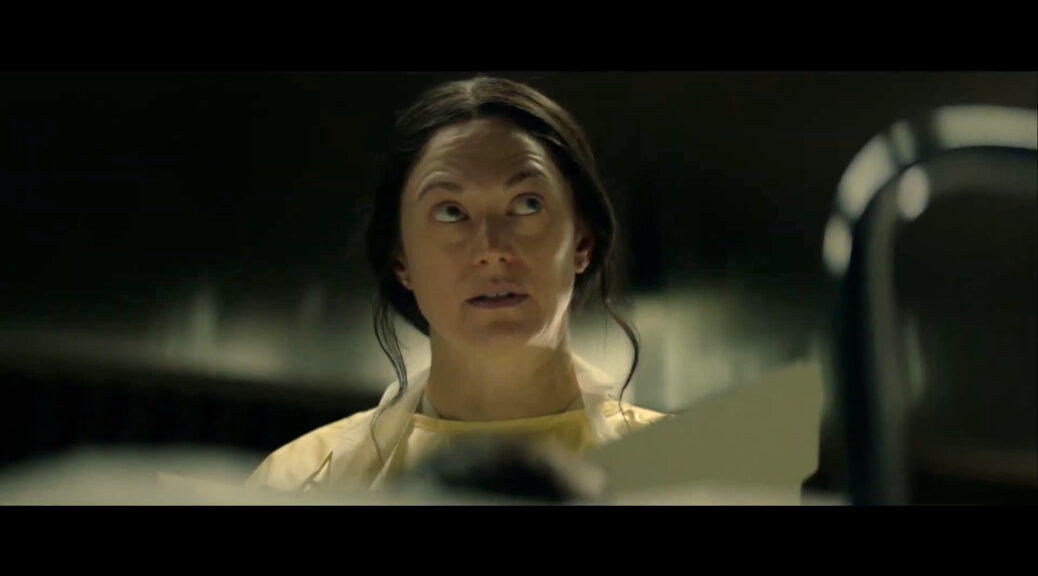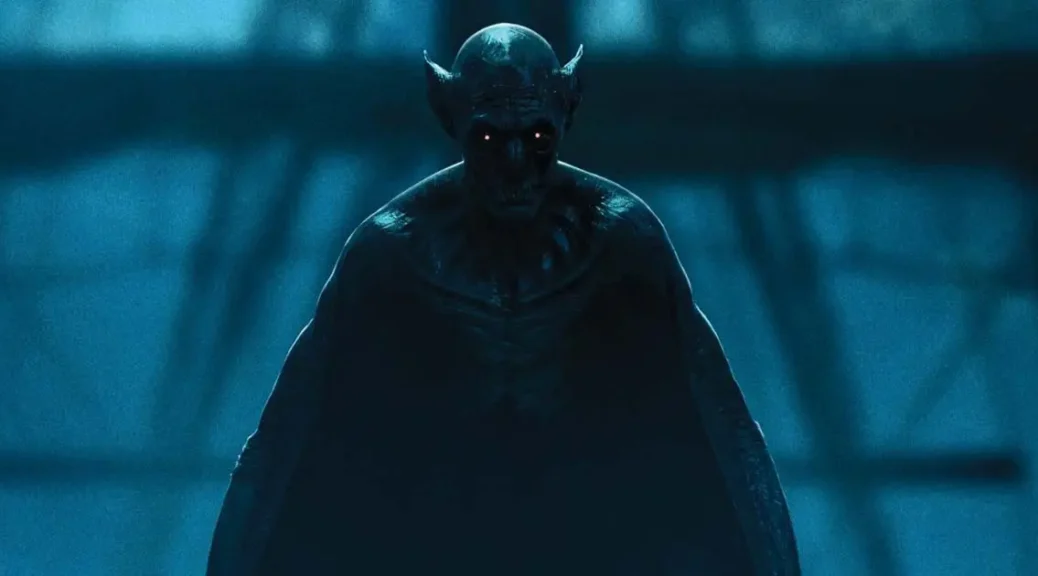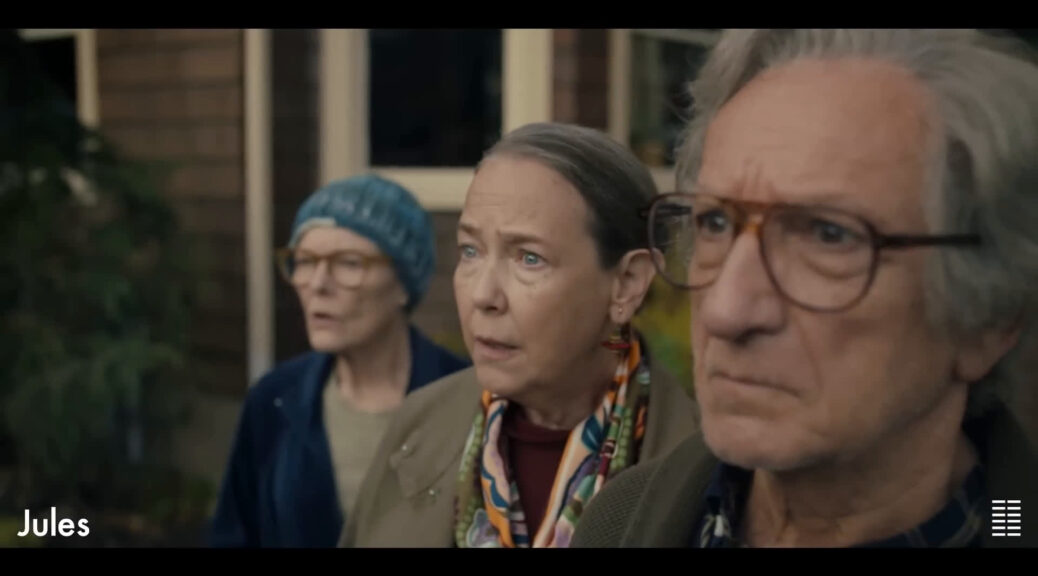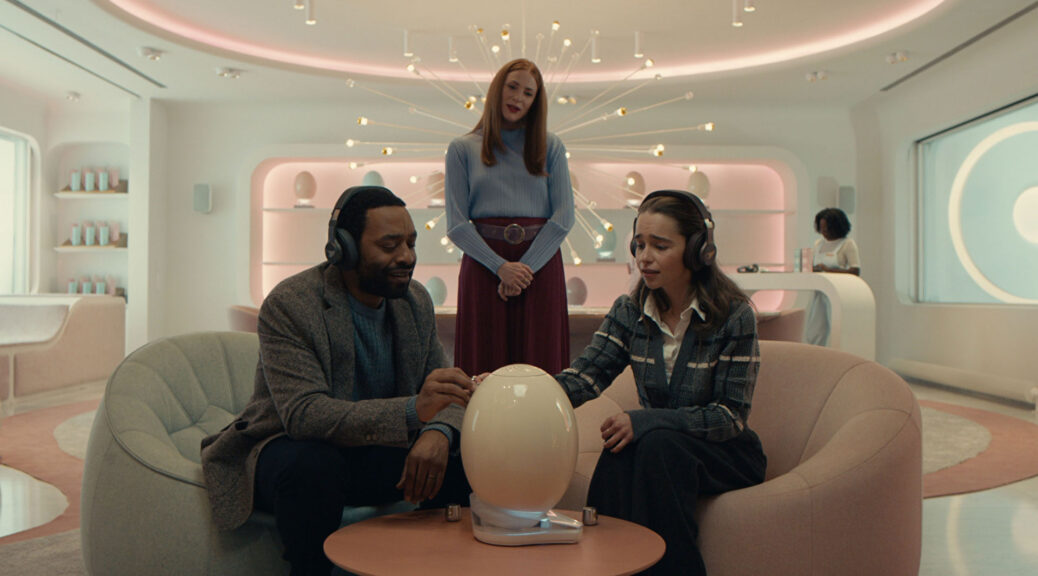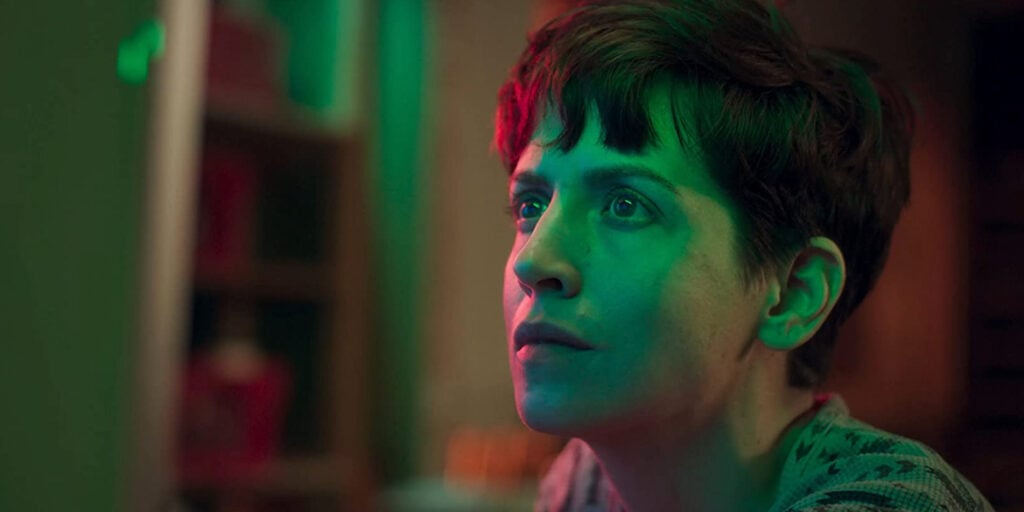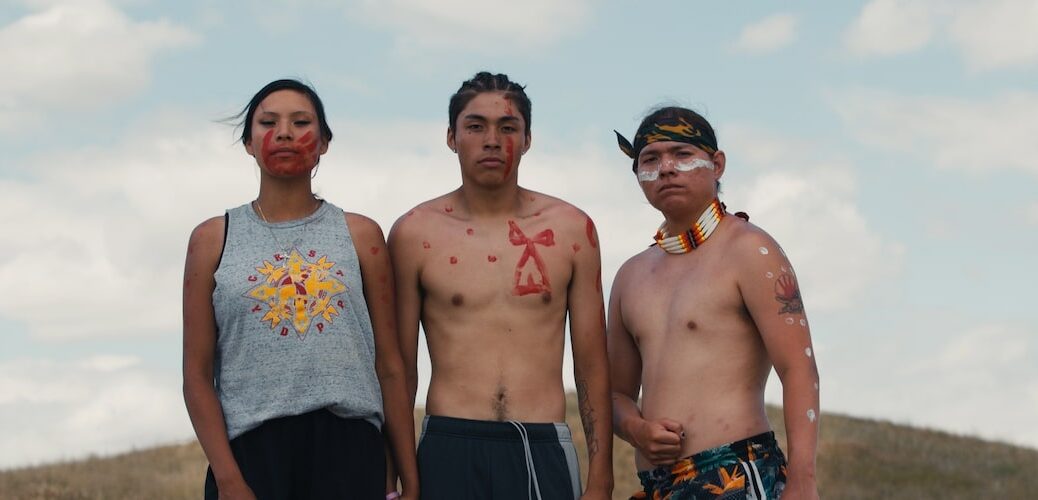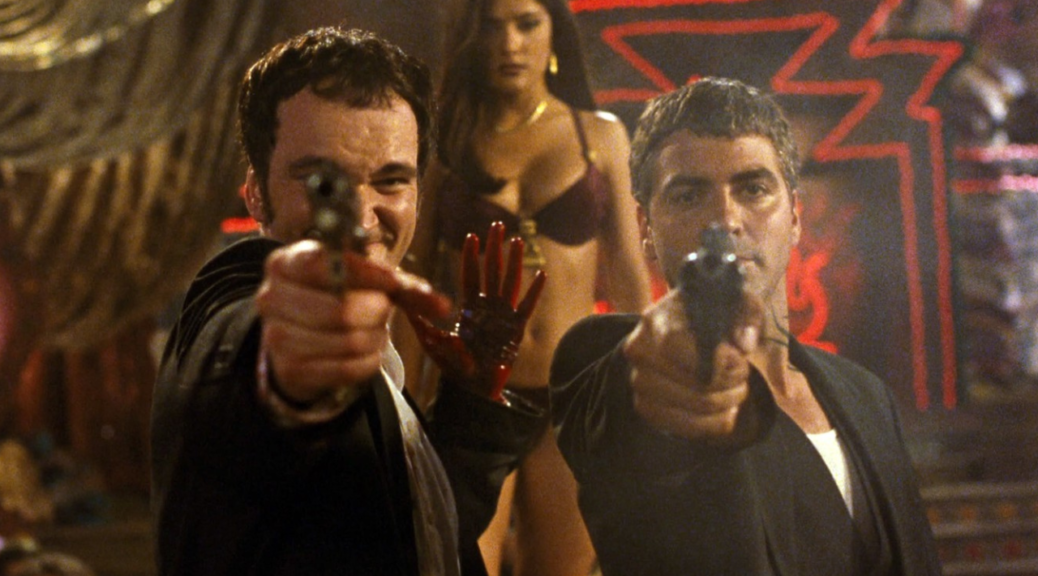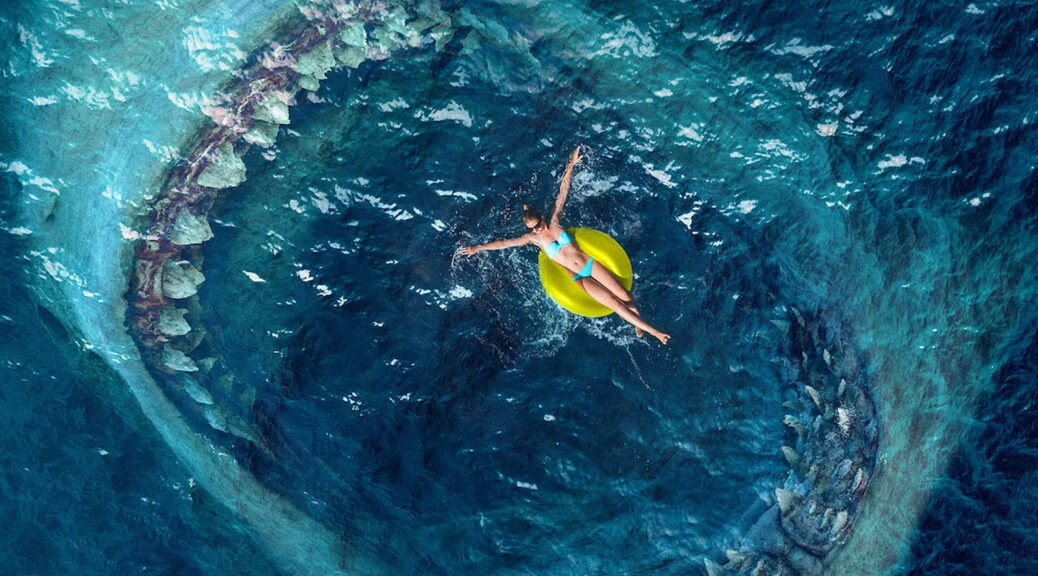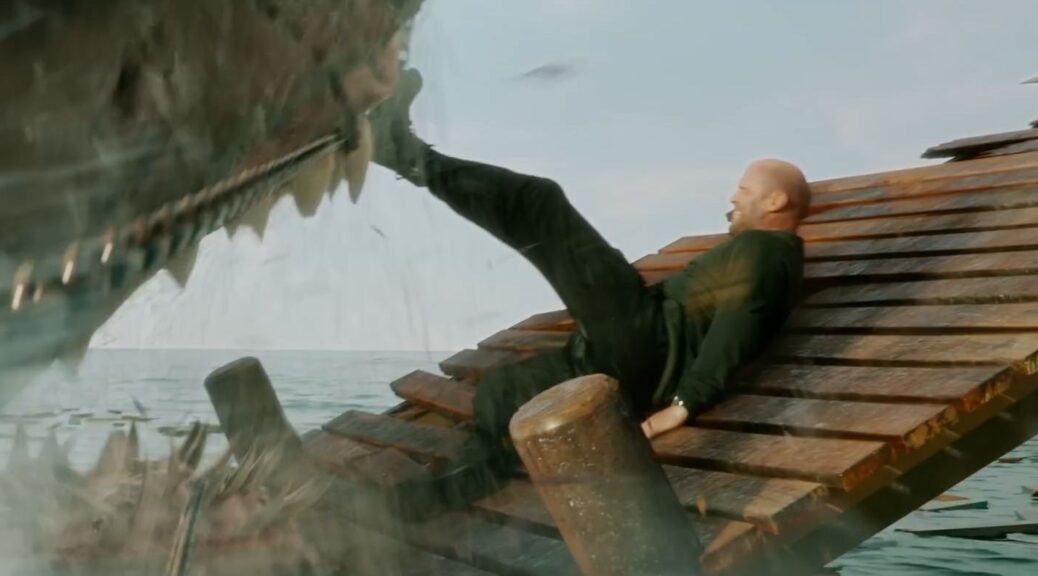Birth/Rebirth
by Hope Madden
Birth/Rebirth opens on two different women performing two different tasks in a hospital. Their paths will cross, but at the moment, Celie (Judy Reyes, Smile) and Rose (Marin Ireland, The Dark and Wicked) are revealing something of themselves to us.
Celie’s environment: chaotic, human. A prenatal nurse used to comforting and nurturing patients in need while navigating an emergency, Celie is a tight balance of empathy and control.
Rose – alone with a cadaver in a pathology lab in the bowels of the hospital – is a fastidious loner, cold, logical. She is pure science.
Their story, like Barbie’s, is about how impossible it is to be a woman. Director Laura Moss moves seamlessly from short to feature with this modern take on Frankenstein and motherhood.
Tragedy strikes early in Moss’s film. Overworked and under rested, Celie blames herself for her daughter Lila’s death. And now the hospital can’t even find the girl’s body.
But Rose can.
Little by little, with motives simultaneously opposed and identical, Celie and Rose become a duo. An odd couple, if you will, each with her own responsibilities, both with the same goal: bring Lila back.
Ireland’s Rose is an exceptional ghoul because her every behavior feels rooted in reality, which makes her both repugnant and sympathetic. However cold her behavior seems, there’s logic behind it. Her joy, those rare flashes, hit harder. She’s like a macabre Spock.
Reyes is her equal and opposite, compassionate but hard-headed. And as their relationship thickens, you see each woman changing thanks to exposure to the other. Rose slowly warms and becomes more human. Celie inches closer and closer to ghoul.
The film amounts to a profound parenting nightmare, and each actor takes on the role of parent to create an unnerving dynamic again guided by authenticity. All of it pulls the psychological scabs of exhausted parenting.
Moss can’t quite stick the landing, but their shoestring Frankenstein fable feels closer to the truth than most of them.
